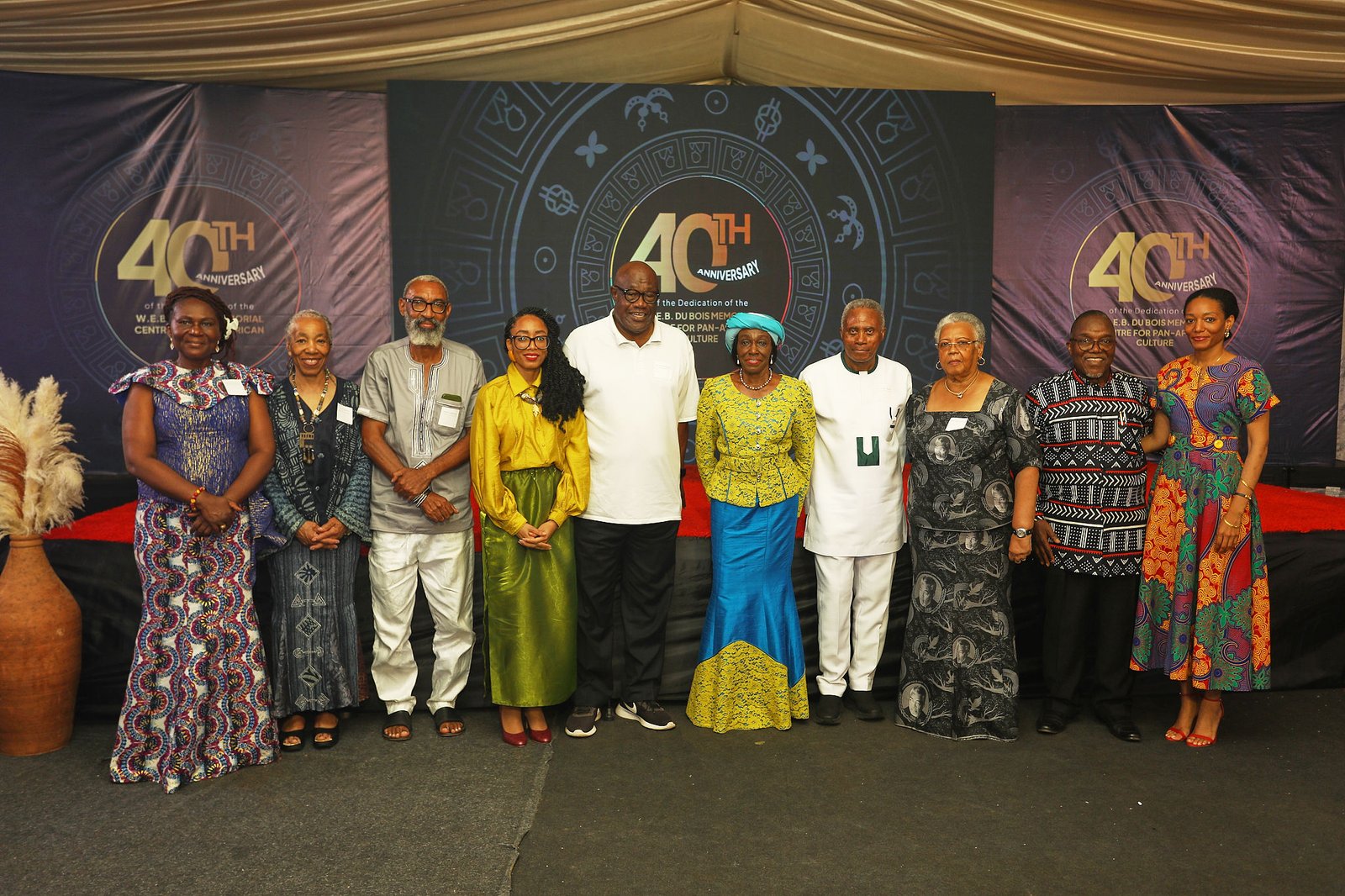ja@webdbmf.org
Our Story
The W.E.B Du Bois Museum Foundation (USA/Ghana) is a non-profit organization established in 2019, with the exclusive mission of honoring the life, purpose, and legacy of Dr. W. E. B. Du Bois, the celebrated Civil/Human Rights activist, co-founder of the National Association for the Advancement of Colored People (NAACP), the Father of modern Pan-Africanism, and one of the most essential Black voices in world history.
The project will redevelop and rebrand his final resting place in Accra, Ghana, into an important global institution and heritage site and the hub of all things Du Bois; a Museum Complex on par with other museums of great American thinkers and leaders such as Frederick Douglass, George Washington, Thomas Jefferson and Dr. Martin Luther King. As well, the Museum complex will honor the legacy of Shirley Graham Du Bois, the devoted second wife of Dr. Du Bois whose ashes is also interred in Accra, Ghana.
In May of 1961, Dr. Kwame Nkrumah, then President of Ghana, whom Dr. Du Bois had met and known since 1945, invited Dr. Du Bois to move to Ghana to undertake direction of the preparation of an ‘Encyclopedia Africana’, an interdisciplinary global publication to document the experience and historical contributions of African peoples in the world. From late 1961 to 1963, Dr. Du Bois lived a full life in Accra, the Ghanaian capital, working on the Encyclopedia. He died on August 27, 1963, the day before his American compatriots assembled for the March on Washington for Jobs and Freedom. He was interred in a state funeral outside Christiansborg Castle in Osu, formerly a holding pen for the slave cargoes bound for the Americas.
In 1985, Dr. Du Bois’s remains were removed from the Christiansborg Castle in Osu to its present site at Bungalow No. 22, 1st Circular Road, near the American Embassy in Accra. The W. E. B. Du Bois Memorial Centre for Pan African Culture was opened, with Dr. Du Bois’s library, a museum, and the mausoleum where he and his late wife, Shirley Graham Du Bois, are buried.
The Agreement

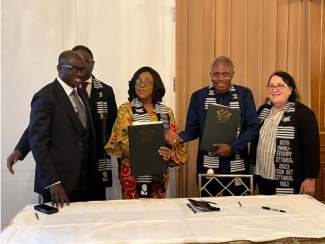
Executive Director Japhet Aryiku signing along with Ghana’s Minister for Foreign Affairs and Regional Integration, Hon. Shirley Botchwey
The Arrival of the Du Boises in Ghana
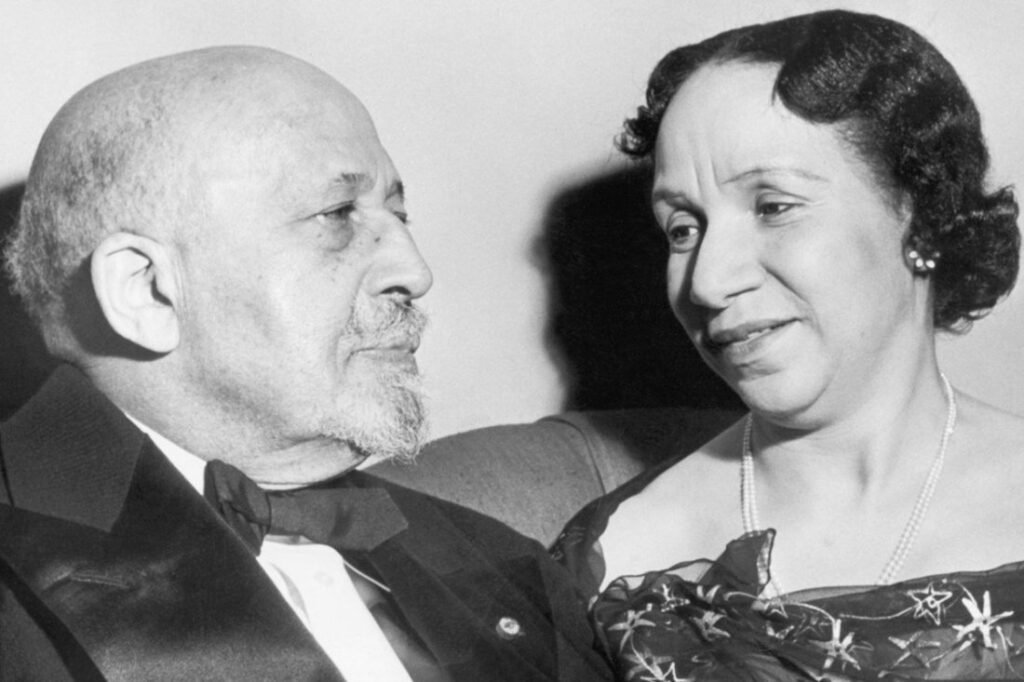
In October 1961, at the age of 93, Dr. Du Bois and his wife, Shirley, moved to Ghana to begin work on the Encyclopedia Africana.
The Bungalow where the Du Boises lived in Accra
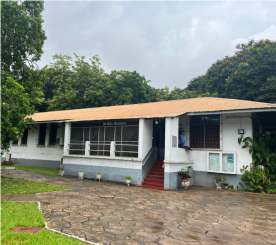
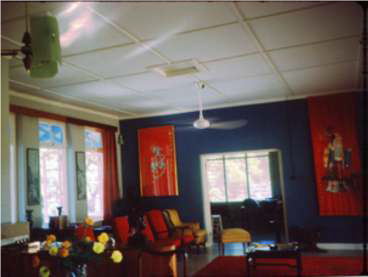
The passing of Dr. Du Bois on August 27, 1963

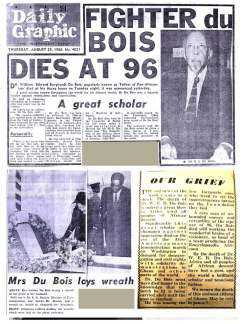
The March on Washington, August 28, 1963
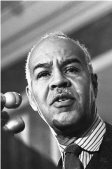

Roy Wilkins addressed the attendees at the march and announced the death of Dr. Du Bois in Accra, Ghana, the previous night, August 27th.
The Burial of Dr. Du Bois in Accra, August 29, 1963
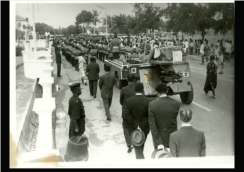
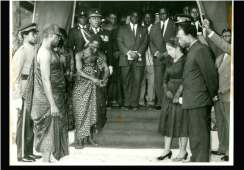
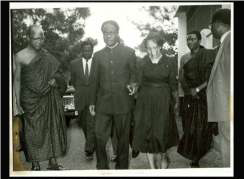

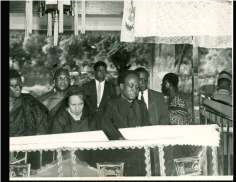
The Burial Tomb
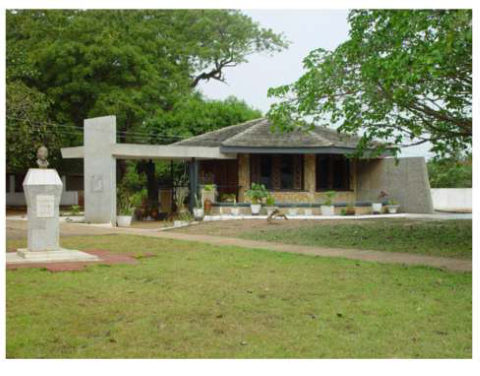
The current burial place of Dr. Du Bois and the ashes of Shirley Graham Du Bois. Shirley, Dr. Du Bois’s devoted second wife, passed away in China on March 27, 1977. She was an accomplished and remarkable writer, playwright, composer, and activist.
The Centre: The Bungalow, Accra - Ghana
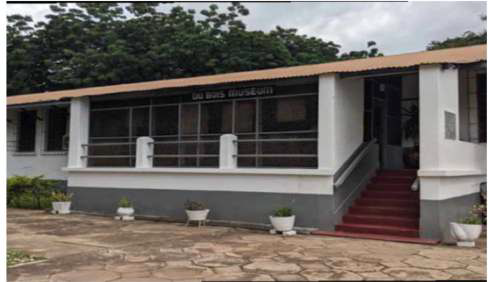
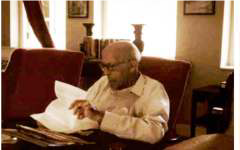
Any visitor to the bungalow where Dr. Du Bois lived with his wife, worked, and died would notice the deterioration of the building, both the outside and the inside. Evidence of water leaks and damage is everywhere. The 1st phase of the project is the renovation, restoration, and refurbishment of the bungalow to its original state when the Du Boises lived there.
Books and Papers
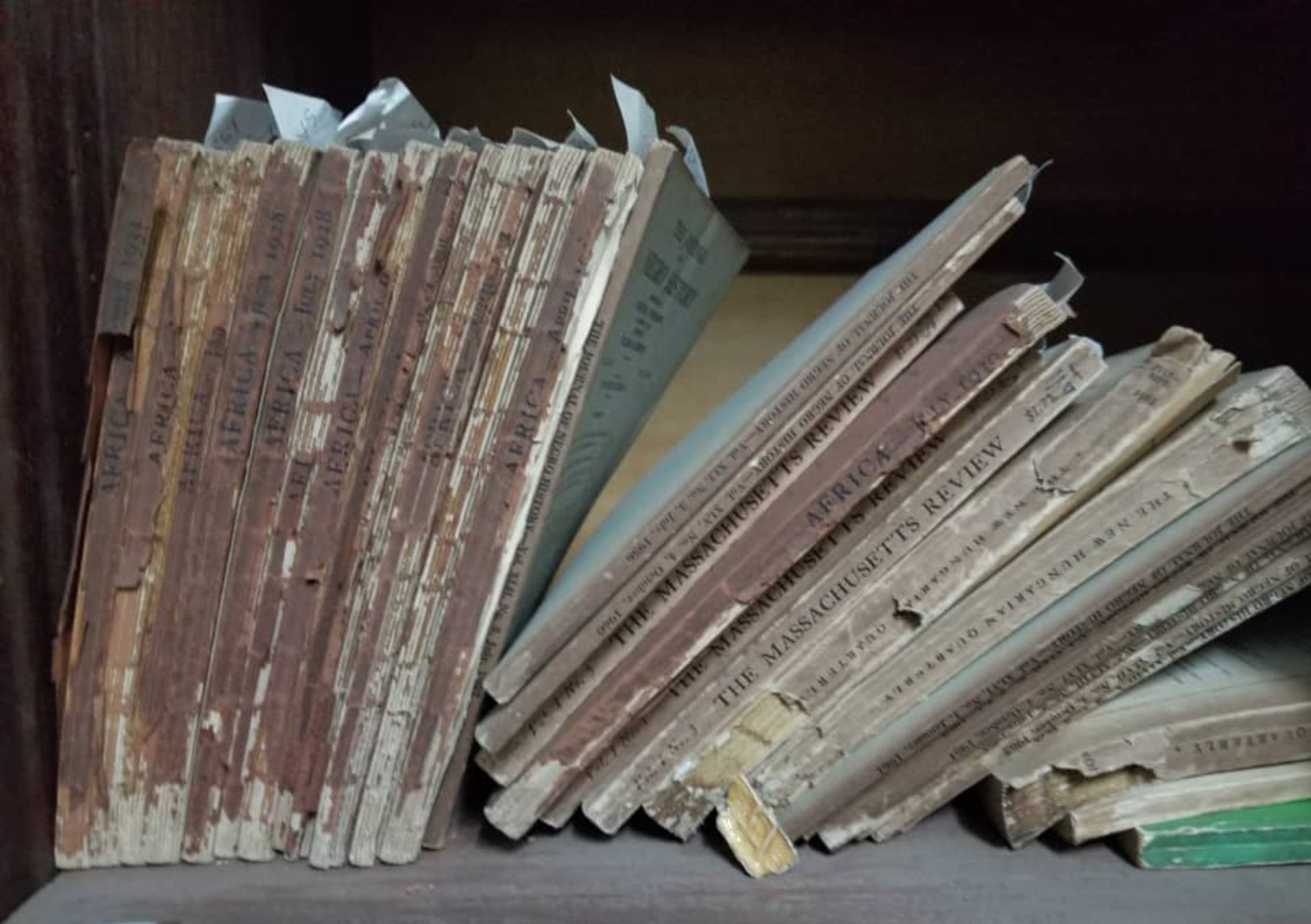
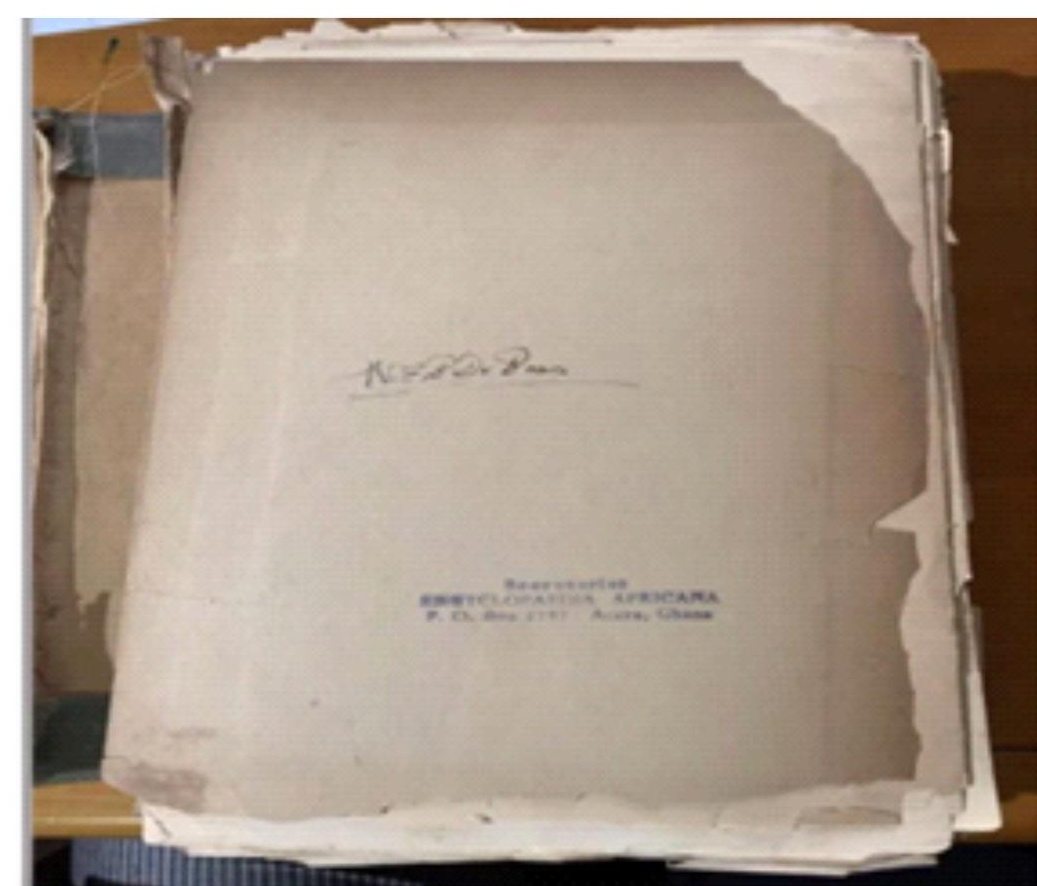
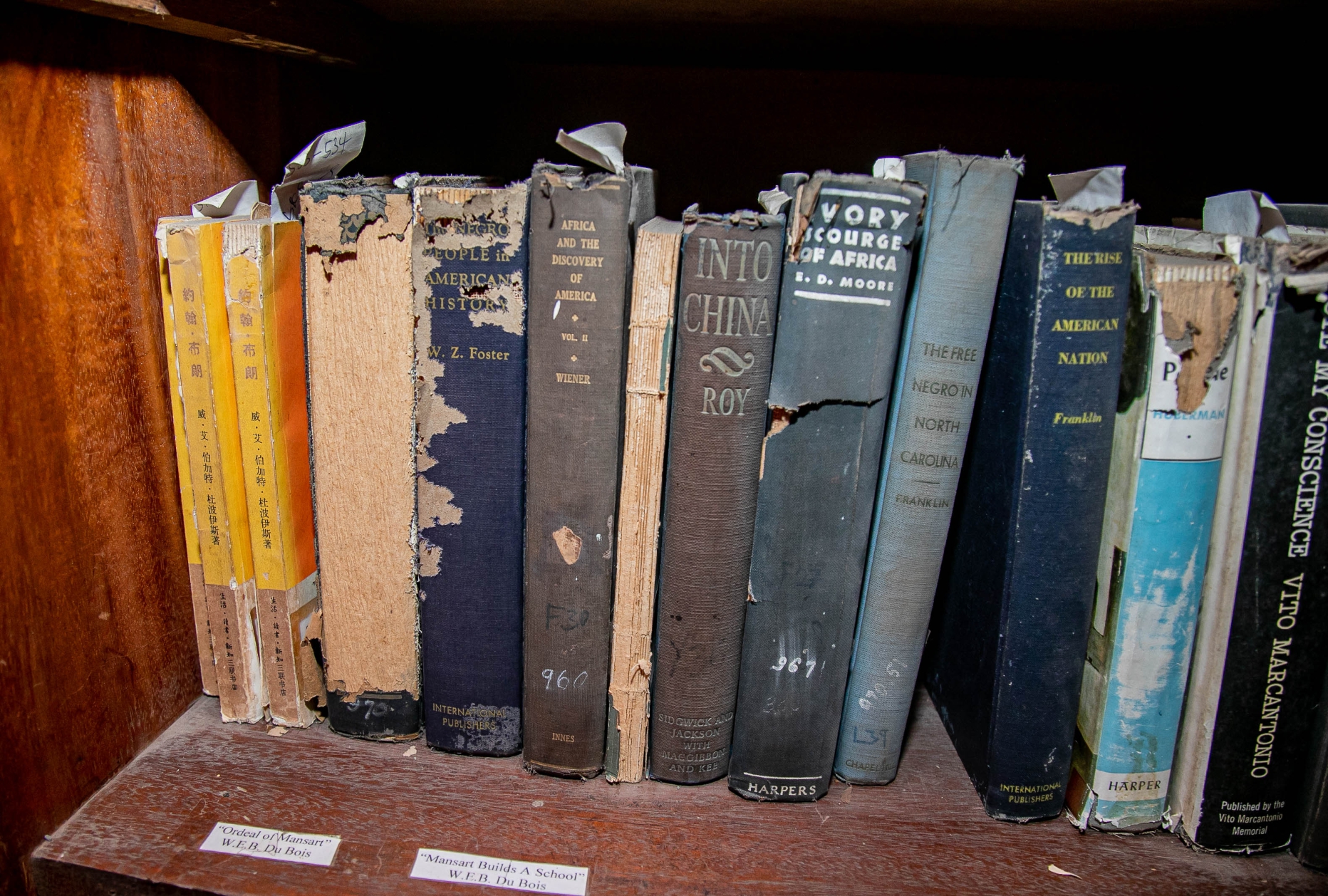
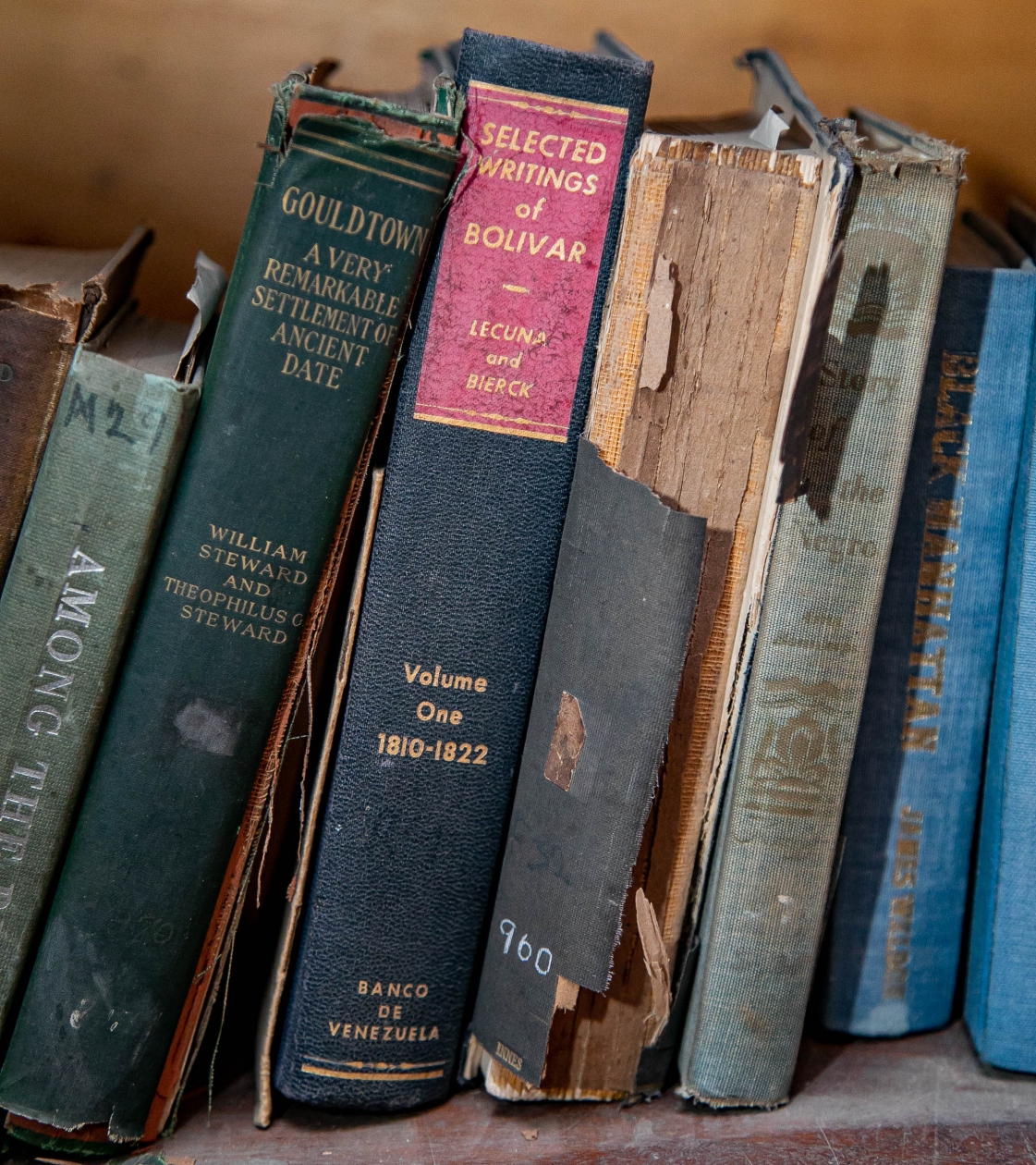
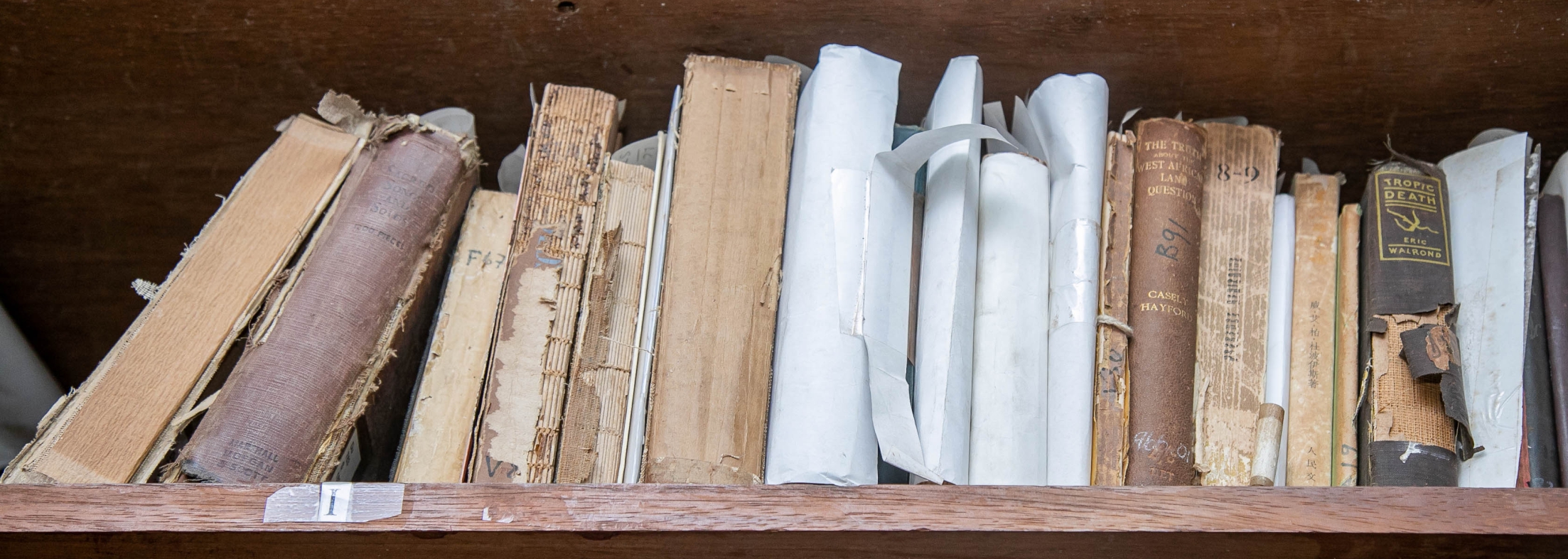
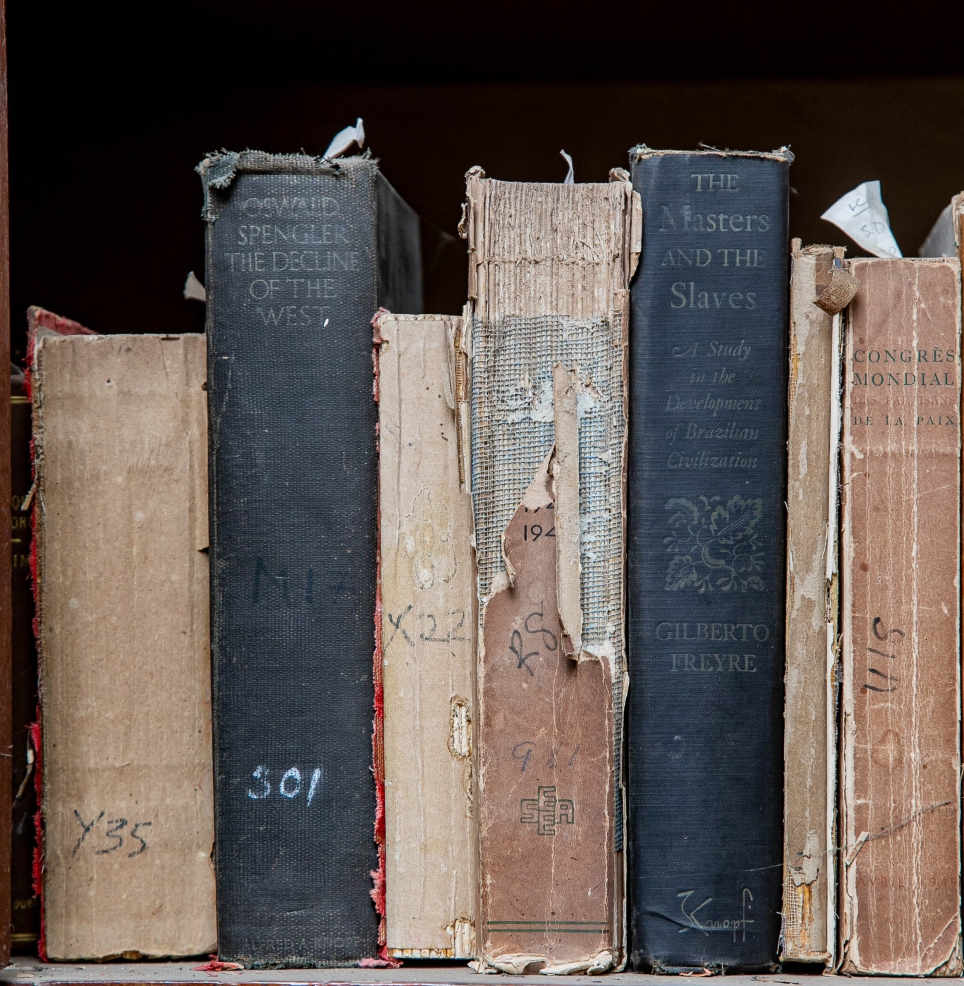
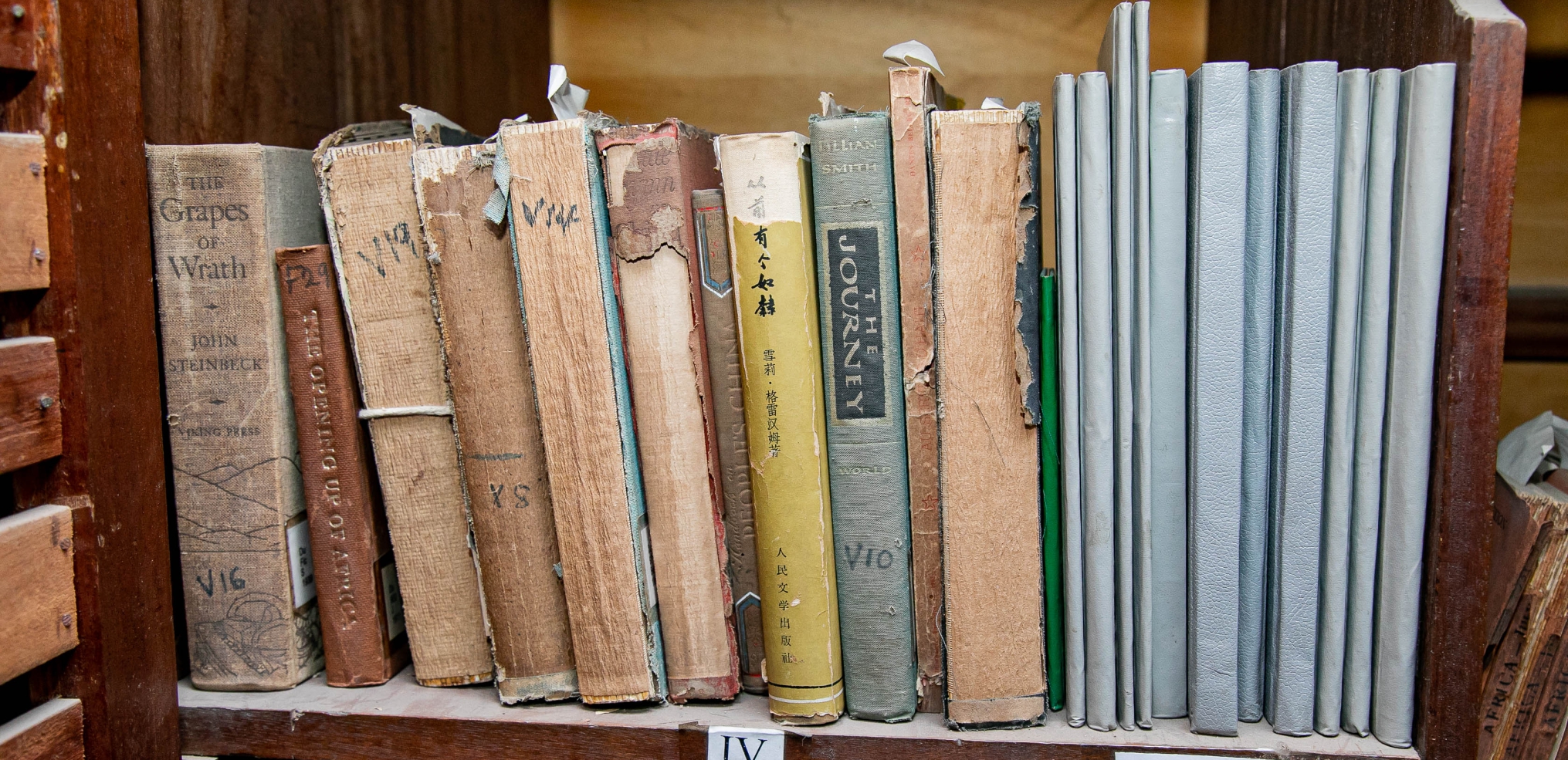
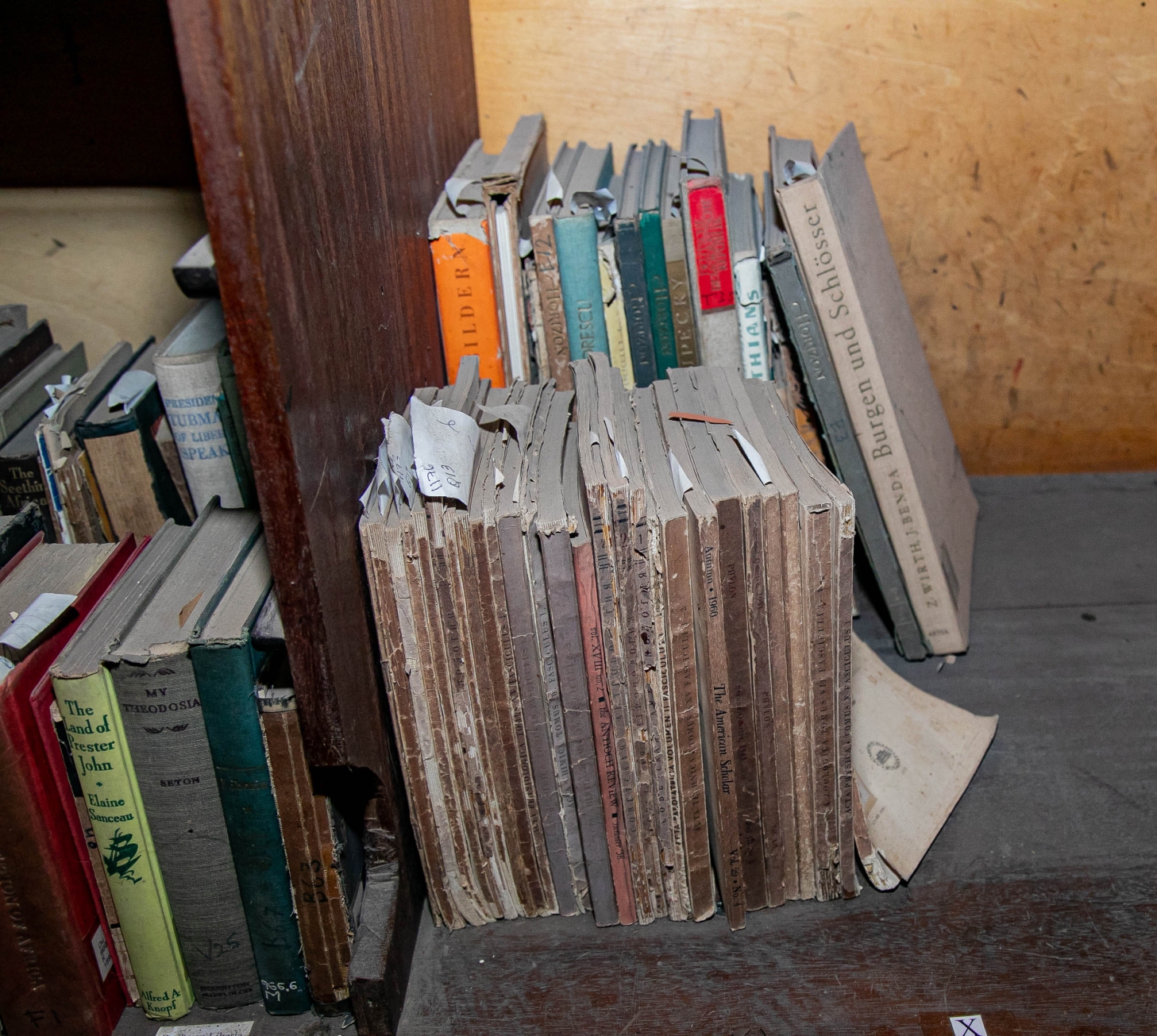
Dr. Du Bois brought with him about 1500 books and papers to Ghana. Over the many years since he died in 1963, in the absence of a climate-controlled environment, all the books and papers have been seriously damaged. The pictures show the condition of some of the books and papers. The prestigious US Library of Congress has agreed with the Foundation to support the training of our Ghanaian staff in the preservation and conservation of these books and papers.
The Fabrics & Gowns
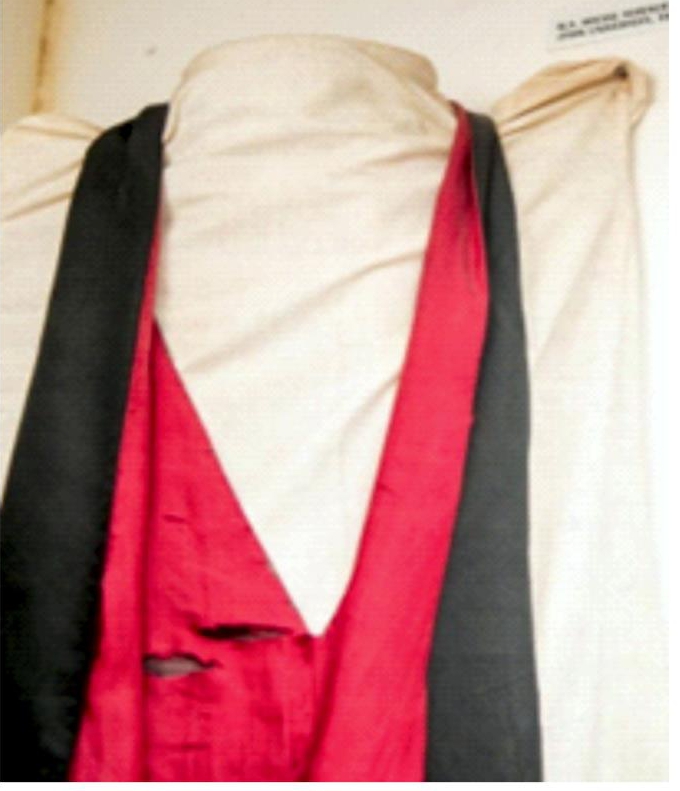
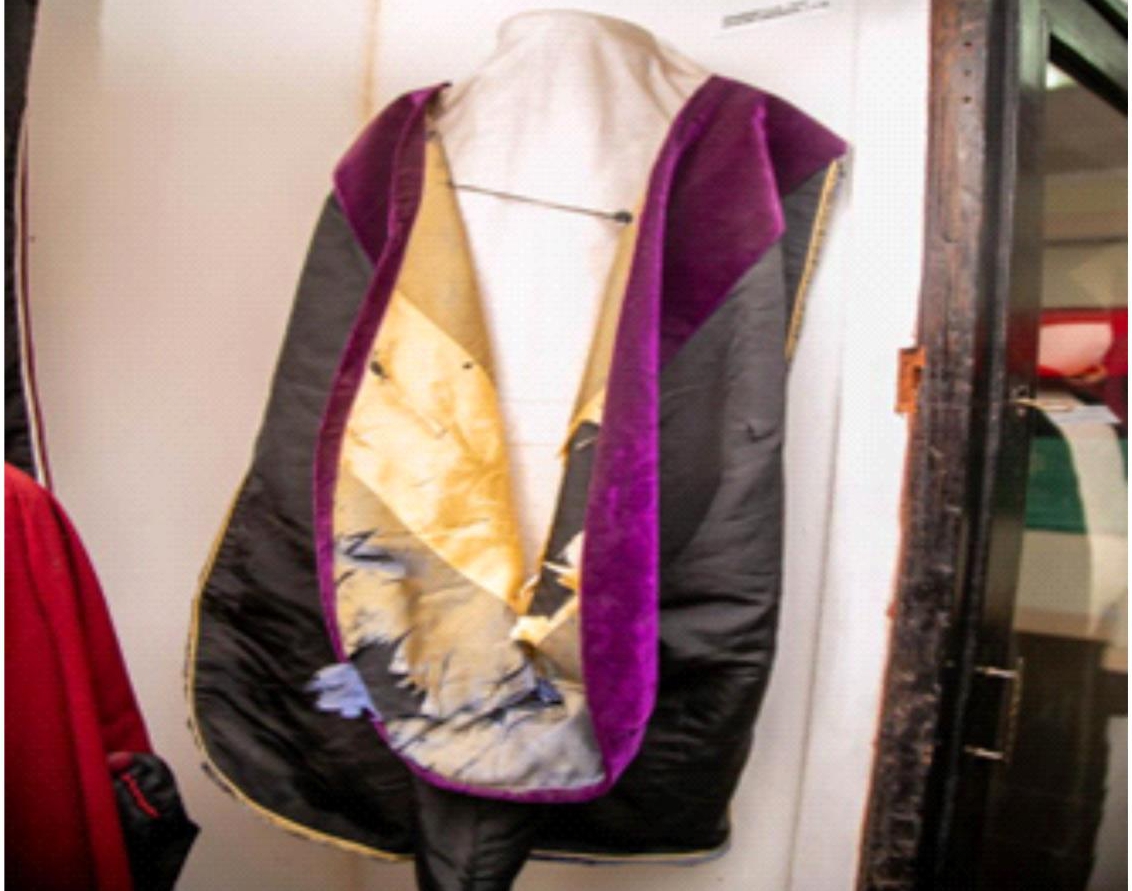
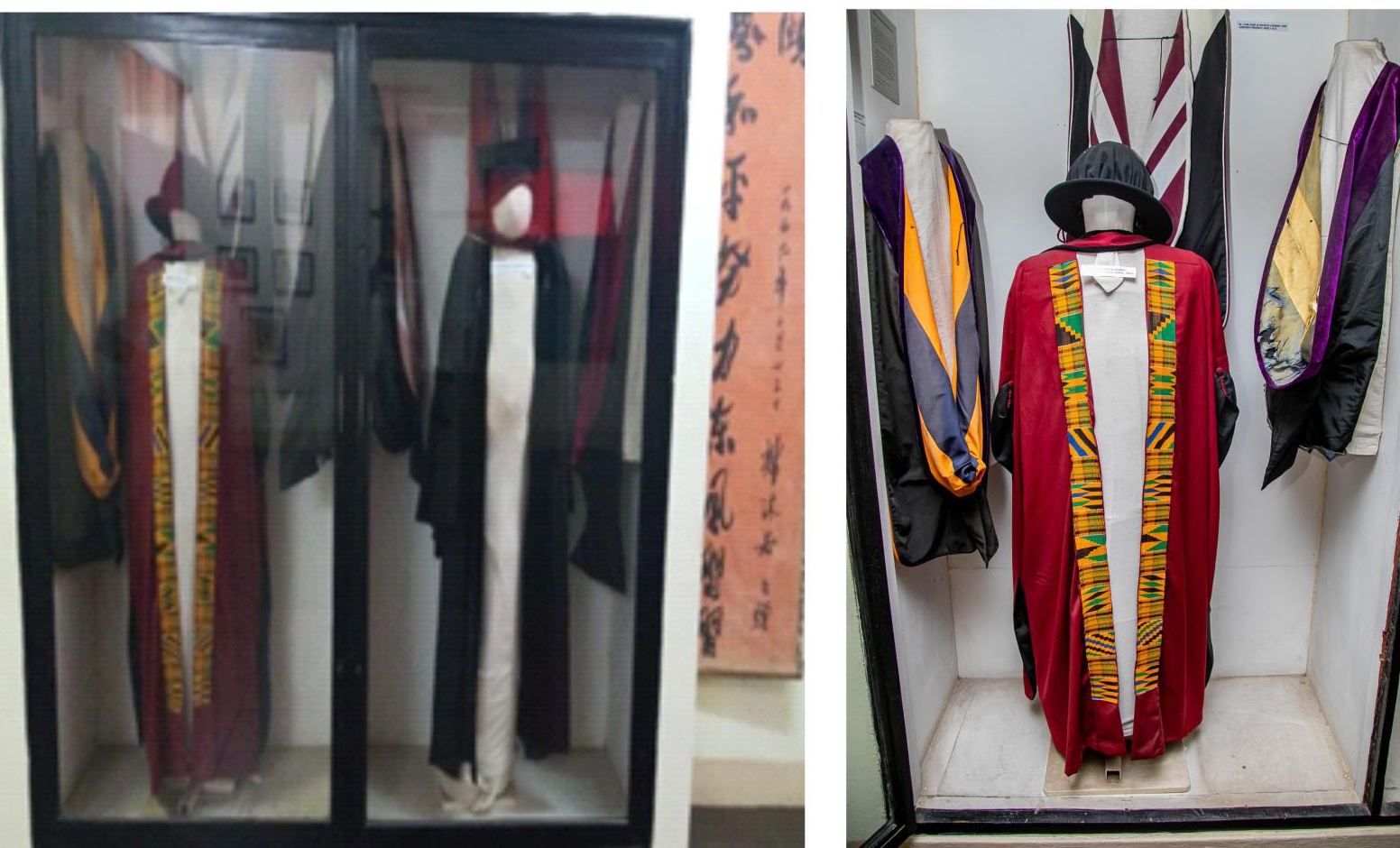
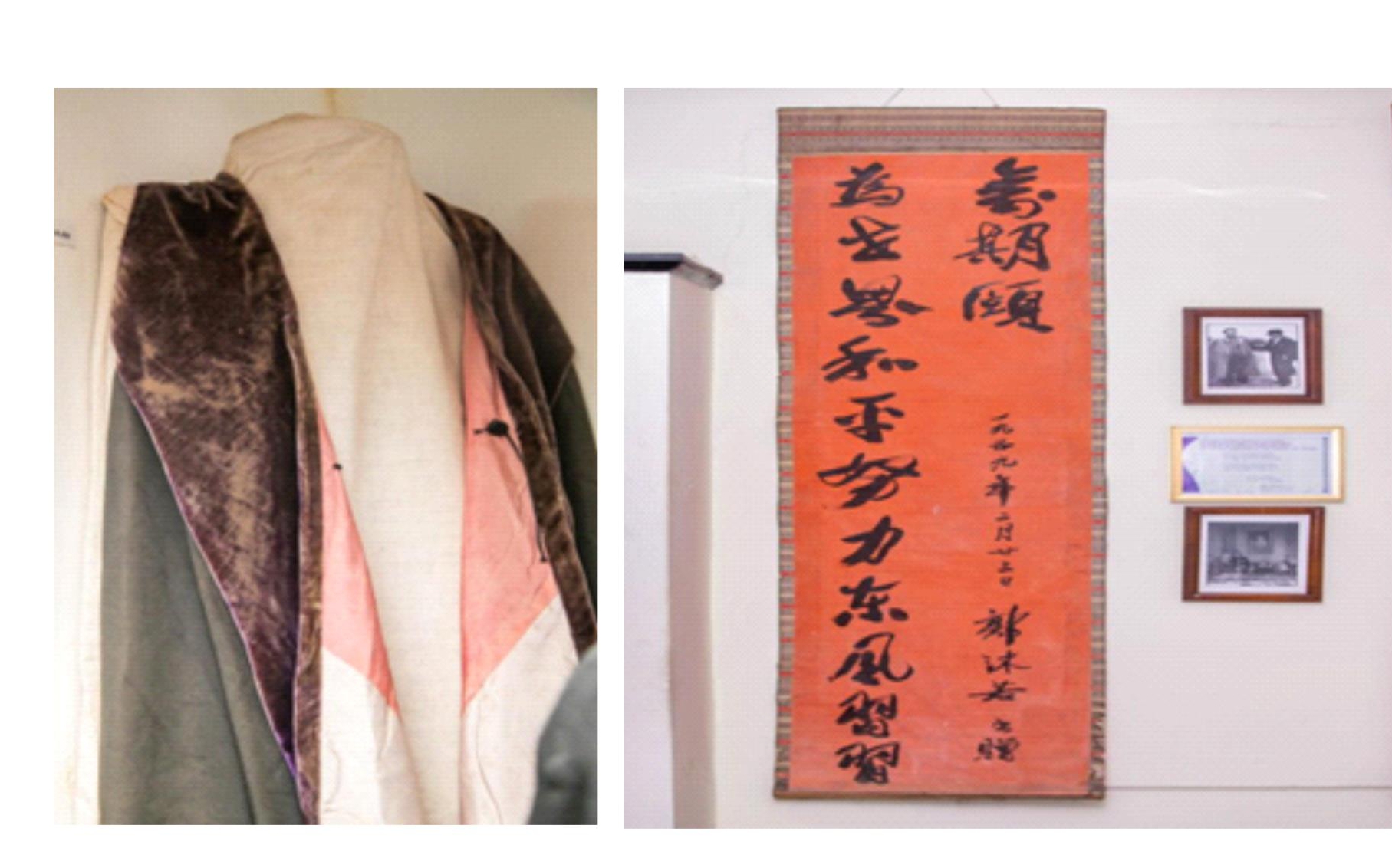
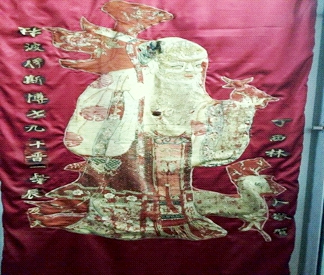
Dr. Du Bois brought with him to Ghana a number of academic regalia and other fabrics, and he collected an additional piece during his short stay in Ghana. These items are now in very poor condition. To address this, the Foundation has engaged a world-class fabric restoration firm in the United States to train our Ghanaian staff in the restoration and conservation of these fabrics.
While the academic textiles are in a glass case, they have suffered from prolonged exposure to environmental conditions, including light fading, heavy soiling, and insect infestation, as well as effects of gravity, which have caused distortion, tears, and fabric loss.

